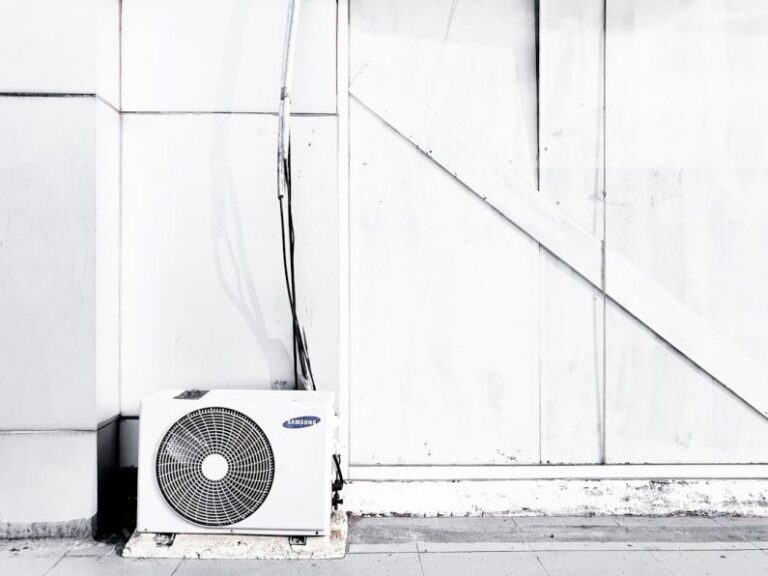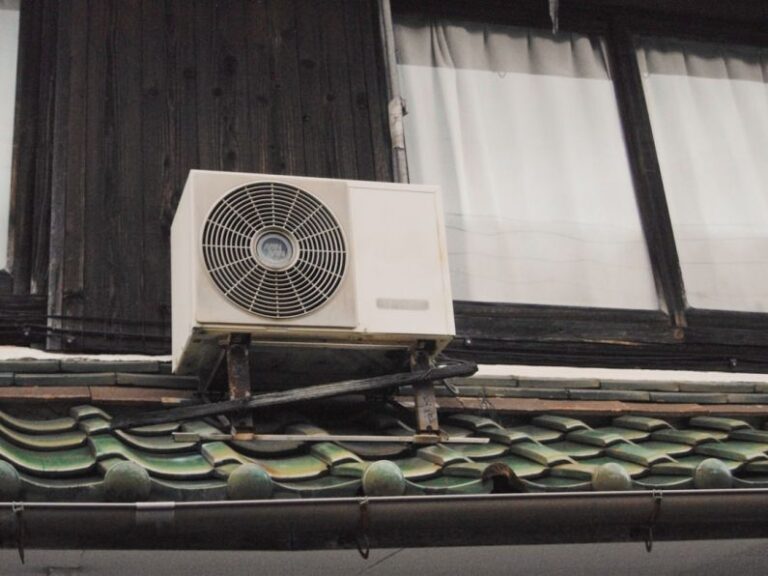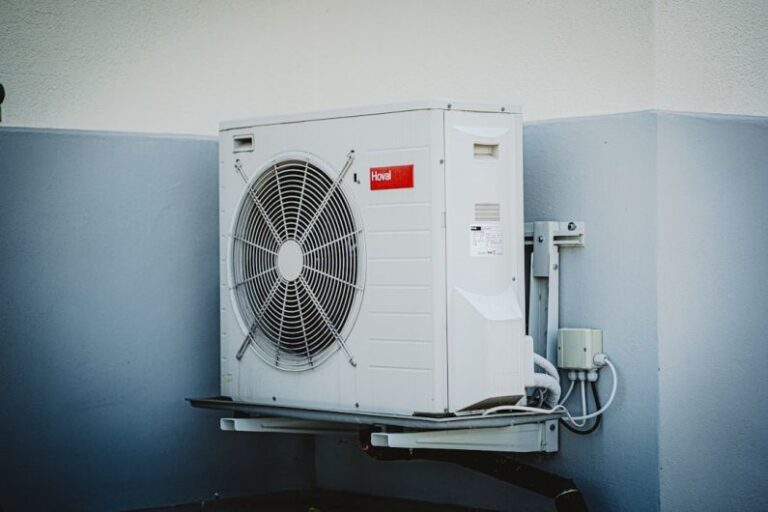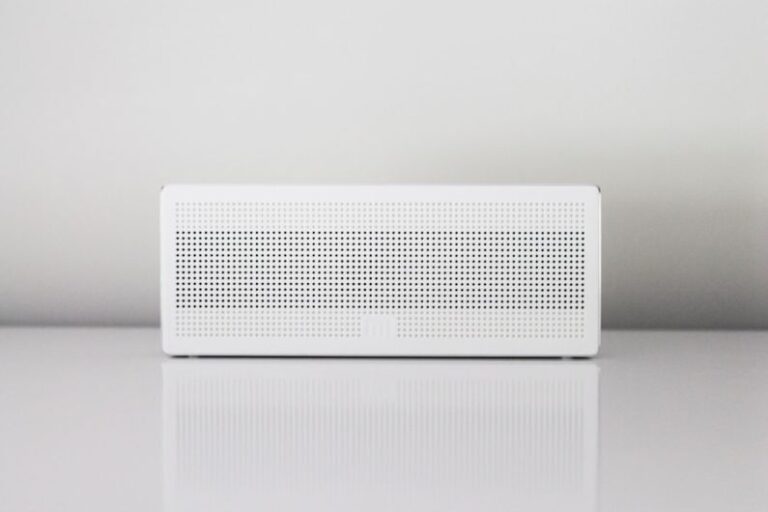
As the temperatures rise, portable air conditioners have become a popular choice for keeping spaces cool and comfortable. However, to ensure that your portable air conditioner runs efficiently, it is crucial to properly vent it. Improper venting can lead to reduced cooling performance, increased energy consumption, and even potential damage to the unit. In this article, we will discuss the importance of venting a portable air conditioner correctly and provide you with some tips on how to do it effectively.
Understanding the Importance of Proper Ventilation
Proper ventilation is essential for a portable air conditioner to function efficiently. These units work by extracting warm air from the room, cooling it, and then releasing the cooled air back into the space. If the warm air is not adequately vented outside, it will circulate back into the room, leading to a continuous cycle of cooling the same air. This can strain the unit, reduce its cooling capacity, and result in higher energy consumption.
In addition to ensuring the optimal performance of your portable air conditioner, proper venting also helps to prevent moisture buildup inside the room. When warm air is vented outside, it takes excess moisture with it, maintaining a comfortable and dry environment indoors.
Ventilation Options for Portable Air Conditioners
There are two main types of venting options for portable air conditioners: window venting and venting through a drop ceiling or wall. Each option has its pros and cons, so it is essential to choose the one that best suits your space and needs.
Window Venting:
Window venting is the most common and straightforward method of venting a portable air conditioner. It involves installing an adjustable window vent kit that allows you to connect the exhaust hose from the air conditioner to the window kit. Make sure to follow the manufacturer’s instructions when installing the window vent kit to ensure a proper seal and secure fit.
When venting through a window, it is crucial to keep the window closed as much as possible to prevent warm air from entering the room. You can use weather-stripping or foam insulation to seal any gaps around the window vent kit to minimize air leakage.
Venting Through a Drop Ceiling or Wall:
If window venting is not an option, you can also vent a portable air conditioner through a drop ceiling or wall. This method requires cutting a hole in the ceiling or wall to allow the exhaust hose to vent outside. Be sure to use a venting kit specifically designed for this purpose and follow the installation instructions carefully.
When venting through a drop ceiling or wall, it is essential to consider the length of the exhaust hose. Longer hoses can reduce the efficiency of the air conditioner, so try to keep the hose as short and straight as possible for optimal performance.
Tips for Properly Venting a Portable Air Conditioner
– Regularly clean and inspect the exhaust hose and vent to ensure that there are no obstructions or blockages that could impede airflow.
– Avoid using extension cords with your portable air conditioner as they can overheat and pose a fire hazard. Instead, plug the unit directly into a wall outlet.
– Position the air conditioner close to the venting location to minimize the length of the exhaust hose and improve efficiency.
– Consider using a vent cover or insulation to prevent warm air from seeping back into the room when the air conditioner is not in use.
Maintaining Your Portable Air Conditioner for Optimal Performance
Properly venting your portable air conditioner is crucial for ensuring its optimal performance and longevity. By following these tips and choosing the right venting option for your space, you can enjoy cool and comfortable indoor temperatures without any hassle. Remember to regularly clean and maintain your air conditioner to keep it running smoothly and efficiently. With proper ventilation, your portable air conditioner will be a reliable and energy-efficient solution for staying cool during the hot summer months.





